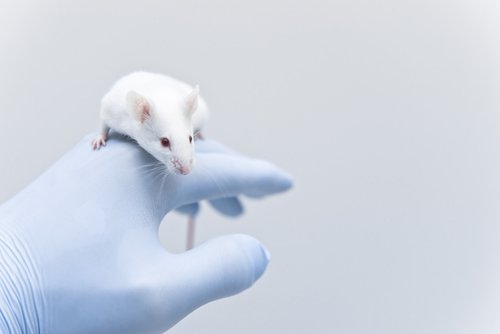Transplantation of Placenta Cells May Halt Inflammation in Lupus Patients, Mouse Study Suggests

The transplantation of human placental cells was found to suppress immune and inflammatory responses in a mouse model of systemic lupus erythematosus (SLE), suggesting a potential new therapeutic strategy for lupus, a study shows.
The study, “Therapeutic effect of human amniotic epithelial cells in murine models of Hashimoto’s thyroiditis and Systemic lupus erythematosus,” was published in the journal Cytotherapy.
Lupus is a chronic, autoimmune, inflammatory disease, characterized by the increased production of antibodies that attack the body’s own nuclear proteins and DNA — called anti-nuclear antibodies (ANAs) — by immune cells.
Among these, immunoglobulin G (IgG) antibodies against double-stranded DNA — anti-dsDNA antibodies — are one the most common autoantibodies produced in lupus, and are associated with disease activity and development.
Stem cell therapy has been investigated as a potential treatment for autoimmune diseases because these cells are able to self-renew and to reconstitute almost all types of cells in the body, which could help patients recover from their disease-causing injuries.
However, this approach still faces ethical challenges and the risk of causing uncontrolled cell growth (tumors) and of inducing transplant rejection.
Human amniotic epithelial cells (hAECs) may potentially solve all these problems. hAECs are cells from the placenta that have stem-like features — such as the ability to develop into different cell types — and immunomodulatory properties — such as the suppression of immune cell activity.
These cells carry no risk of generating tumors or inducing transplant rejection, as well as no ethical concerns, since they can be noninvasively collected from healthy women who have undergone a cesarean section.
They have also shown positive results in the treatment of autoimmune diseases, such as multiple sclerosis, in animal models.
Based on this information, these placental cells have the potential to be a safe and effective strategy to treat lupus.
To explore this possibility, researchers in China evaluated the potential benefits of hAEC transplant in a mouse model of lupus disease.
hAECs were administered to the mice directly into the blood (intravenously), and blood and tissue samples were collected two weeks after the transplant to assess the presence of autoantibodies and immune responses.
Results showed that the hAEC treatment eliminated the presence of ANAs and anti-dsDNA autoantibodies and reduced the levels of IgG antibodies. The researchers found that these effects were associated with hAEC-induced changes in the immune balance and reduced inflammation.
Treatment with hAECs significantly reduced the levels of immune cells known to produce pro-inflammatory molecules and increased the levels of regulatory immune cells known to suppress inflammation through anti-inflammatory molecules.
The levels of inflammatory molecules showed significant changes toward the same direction as those of their producing cells.
These findings suggest that hAEC transplant restores the balance of the immune system and reduces inflammation in lupus, highlighting its potential as a new therapeutic strategy for this autoimmune disease.
“Further pre-clinical studies are required to determine the effect of hAECs on … SLE relapse after the termination of drug treatment, and also the optimal doses, long-term therapeutic efficacy as well as the safety of multiple injections,” the researchers wrote.
The team also found that hAEC treatment induced similar effects in a mouse model of another type of autoimmune disease called Hashimoto’s thyroiditis, suggesting this approach may work for several autoimmune diseases.





